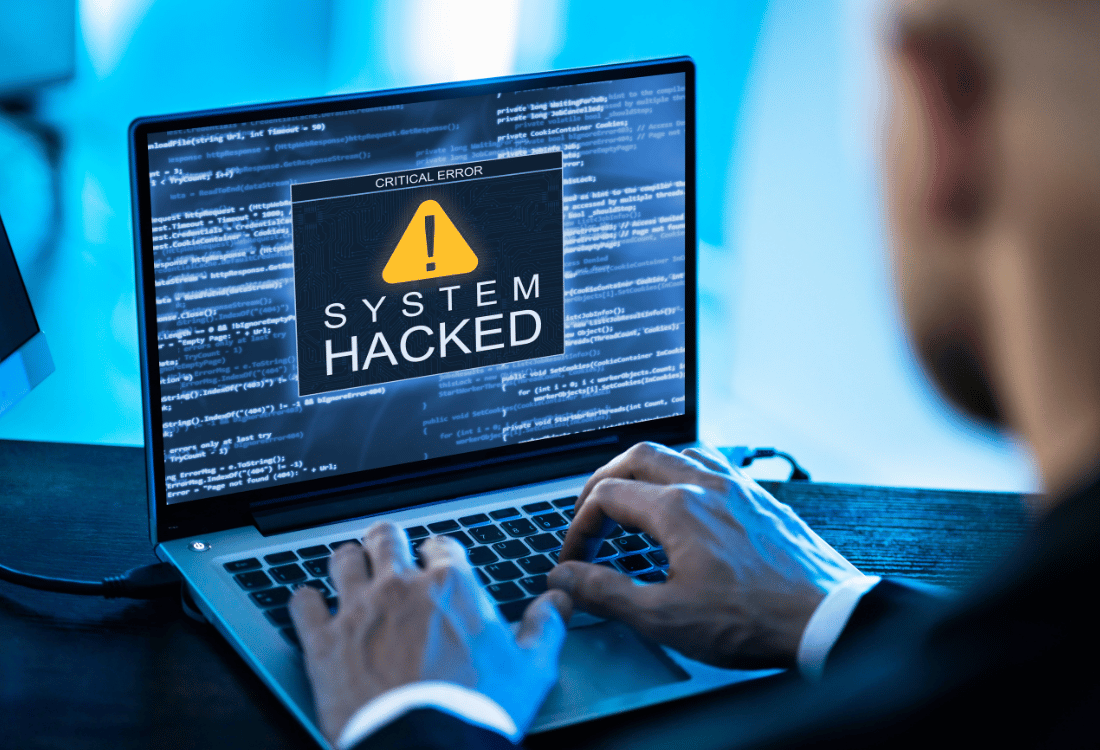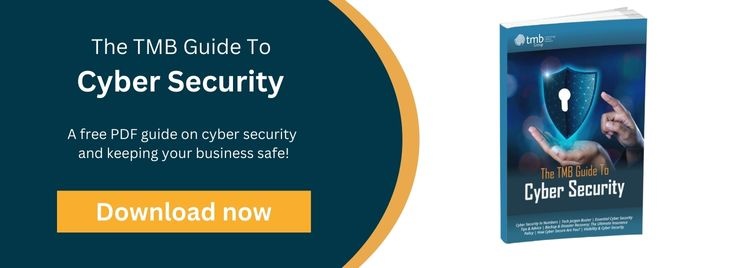My Employee Clicked on a Phishing Link: What Should We Do?
- Alexa Davis
- April 3, 2024
- 12:30 PM
- No Comments
In an increasingly digital world, cybersecurity threats, such as phishing, have become more prevalent, particularly since the onset of the global pandemic. With more employees working remotely, often on unsecured networks or without the robust on-premises security applications with which they are familiar, the risk of falling prey to cybercrime is high – especially as deceptive attacks, such as phishing emails, can be convincing. Poor employee risk awareness is also a contributory factor, so it is important to have an action plan ready so that, should a security issue arise, you know what to do to minimise the potential damage.
In this article, we’ll outline what to do if you believe that a member of your team has unwittingly clicked on a phishing link.
What Must You Do If You Receive A Phishing Email?
If it is brought to your attention that an employee has inadvertently opened a suspicious email or clicked on a potential phishing link, it is important not to panic but to take immediate action to address the problem. Bear in mind that the potential consequences of inaction are serious, so it is better to take precautions even if you aren’t certain that the integrity of your organisation’s systems has been compromised.
1. Isolate The Affected Device
Firstly, isolate the affected device by completely disconnecting it from the network to prevent the spread of malware to other hardware or locations. Next, report the incident to your IT department or managed IT service provider whose expertise will be vital in handling the situation and mitigating risks.
2. Assess The Threat
Determine the nature of the link that the employee visited. Is it phishing, malware, or another security threat? Understanding what you are dealing with is crucial when mounting an effective response. Scope the impact to see how far the problem might have spread and what data or systems may be at risk.
3. Raise Awareness
Knowledge is power in many areas of business, not least in tackling cybercrime. Inform relevant stakeholders about the incident and ensure all staff are up to date with the latest security advice and protocols. Employees should be able to identify signs of a phishing email, such as suspicious sender addresses, grammatical errors, and the use of urgent or threatening language. Training employees to recognise these telltale signs – and know what to do if they receive a suspicious email - is a critical step to strengthen your business’s cyber defences.
4. Secure Your Systems
Run a comprehensive antivirus scan on the impacted devices to identify any malicious software that may have been unknowingly installed so that it can be professionally removed. Subsequently, reset passwords and review account activities for any irregularities. Enhance monitoring on the affected device and across the network to watch for any residual or new threats.
Give Your Business The Protection It Deserves
To safeguard your organisation from the dangers of cybercrime or to find out more about how you can stop phishing emails, please download our free guide to Effective Cyber Security for the Enterprise today.
Image Source: Canva



